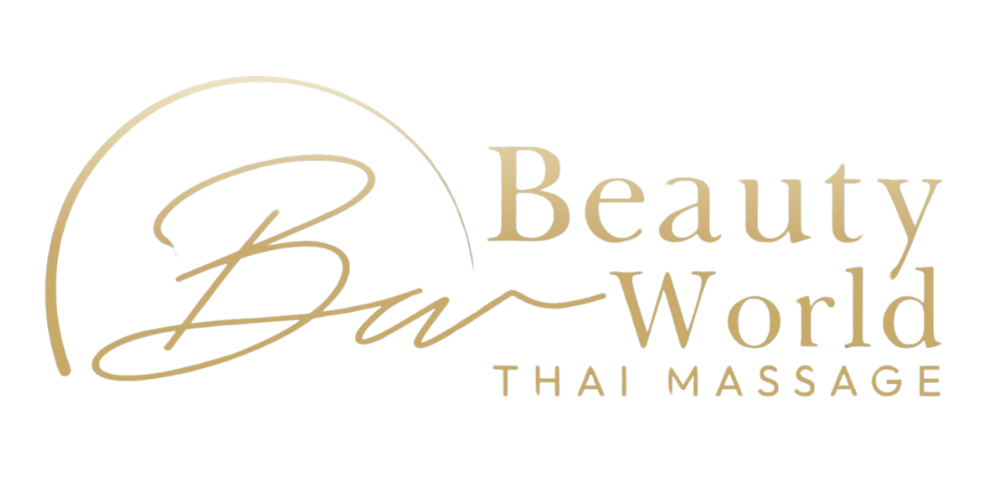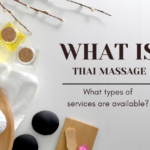Traditional Thai massage is a revered healing practice that has been passed down through generations in Thailand. Unlike many Western forms of massage, which primarily focus on muscle relaxation, Thai massage is an intricate blend of acupressure, Indian Ayurvedic principles, and assisted yoga postures. It’s designed to align the body’s energy lines and improve overall health. Here are five crucial things you should know about this ancient practice.
1. Origins and Cultural Significance
Thai massage, or “Nuad Thai,” has deep roots in Thailand’s cultural and spiritual history. The practice is believed to have been developed over 2,500 years ago by Jivaka Kumar Bhaccha, an Indian physician and contemporary of Buddha. The massage was initially practiced in temples by monks as part of traditional Thai medicine. Today, it’s an essential part of Thailand’s health and wellness culture and was even recognized by UNESCO as an Intangible Cultural Heritage of Humanity in 2019.
Understanding the origins of Thai massage provides valuable insight into its spiritual and cultural significance. Unlike Western massages, which are often viewed as purely physical treatments, Thai massage incorporates a holistic approach. It’s not just about the body but also about the mind and spirit, aiming to restore balance and harmony within.
2. The Philosophy of Energy Lines
Central to Thai massage is the concept of Sen lines, which are similar to the meridians used in Chinese medicine or the nadis in Indian Ayurveda. There are 72,000 Sen lines in the body, but Thai massage focuses on the ten primary lines believed to influence vital organs and overall health.
The therapist applies pressure along these energy lines using their hands, elbows, knees, and feet. The goal is to release blockages and allow the free flow of energy, known as Prana or Chi, through the body. When energy flows freely, the body is believed to be in a state of balance, leading to improved health and well-being. Disruptions in these energy lines can manifest as physical ailments, stress, or emotional disturbances.
3. The Unique Techniques and Benefits
Traditional Thai massage is often described as “yoga for the lazy” because the therapist stretches your body into various positions that mimic yoga postures. However, it’s much more than just stretching. The massage involves rhythmic pressing, deep muscle compression, joint mobilization, and acupressure, all of which work together to relieve tension, increase flexibility, and enhance circulation.
One of the key benefits of Thai massage is its ability to alleviate chronic pain, particularly in the back, shoulders, and neck. It also improves flexibility, which can be particularly beneficial for athletes or those who lead active lifestyles. Additionally, Thai massage is known for its stress-relieving properties. The combination of physical manipulation and the focus on energy flow can leave you feeling both relaxed and invigorated.
4. What to Expect During a Session
A typical Thai massage session is quite different from a standard Western massage. For starters, you’ll usually remain fully clothed in loose, comfortable garments. The massage is performed on a mat on the floor rather than on a table. The therapist uses not just their hands but also their elbows, knees, and feet to apply pressure and manipulate your body.
During the session, you’ll be moved into a series of stretches and poses, often resembling yoga. These movements are designed to stretch your muscles, open up your joints, and release tension. The therapist may also use rhythmic pressure along the Sen lines to stimulate energy flow.
A traditional Thai massage session can last anywhere from 60 minutes to two hours, depending on the service you choose. It’s important to communicate with your therapist about your comfort level, especially if you’re new to Thai massage, as the intensity can vary.
5. Modern Adaptations and Accessibility
While traditional Thai massage has remained largely unchanged for centuries, modern adaptations have emerged to cater to a global audience. In many wellness centers and spas, you’ll find hybrid forms of Thai massage that combine traditional techniques with elements of Swedish massage or aromatherapy. These adaptations make Thai massage more accessible to those who might find the traditional practice too intense.
Moreover, Thai massage has gained international popularity, and you can now find practitioners offering authentic Thai massage in wellness centers around the world. However, if you want to experience the practice in its most authentic form, a visit to Thailand is recommended, where you can receive a massage from practitioners trained in the traditional methods.
Conclusion
Traditional Thai massage is a unique and holistic healing practice that offers a wealth of benefits for both the body and mind. Rooted in ancient traditions and spiritual practices, it’s a massage experience unlike any other. Whether you’re looking to relieve pain, reduce stress, or simply improve your overall well-being, Thai massage is a powerful tool that can help you achieve your health goals.
Before booking a session, it’s essential to understand what to expect and how it differs from other forms of massage. With its focus on energy lines, deep stretching, and rhythmic pressure, Thai massage offers a comprehensive approach to health that addresses both physical and mental well-being. Whether you’re new to massage therapy or a seasoned enthusiast, experiencing a traditional Thai massage is a journey worth taking.






